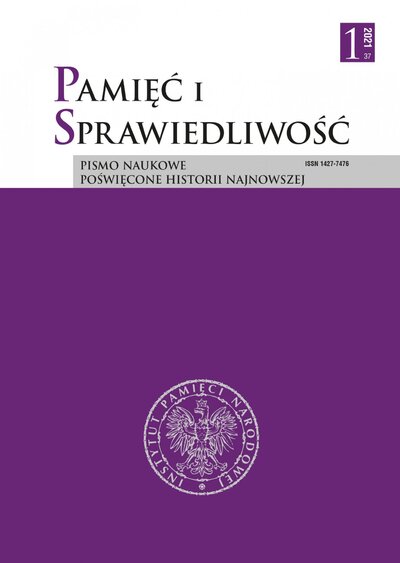Vol. 37 No. 1 (2021)
W wyniku II wojny światowej w 1945 r. Europa została podzielona na dwie części: zachodnią oraz państwa znajdujące się pod dominacją Związku Sowieckiego, czyli – jak przyjęło się mówić – za żelazną kurtyną. Redakcja „Pamięci i Sprawiedliwości” postanowiła numer 37 czasopisma poświęcić szeroko rozumianej sytuacji Kościołów i związków wyznaniowych w europejskich państwach bloku wschodniego w latach 1945–1992. W tekstach przygotowanych przez polskich i zagranicznych autorów poszukujemy podobieństw i różnic między ich działalnością, polityką wyznaniową władz, sytuacją wyznawców poszczególnych Kościołów. Przedmiot zainteresowania autorów stanowiło też to, jak Kościoły i związki wyznaniowe odnalazły się w realiach funkcjonowania w skrajnie wrogim otoczeniu politycznym, w państwach, których założeniem ideologicznym było zwalczanie każdej religii.
 Język Polski
Język Polski
 English
English
 Deutsch
Deutsch
 Français (France)
Français (France)
 Italiano
Italiano
 Русский
Русский


 PDF (Język Polski)
PDF (Język Polski)

